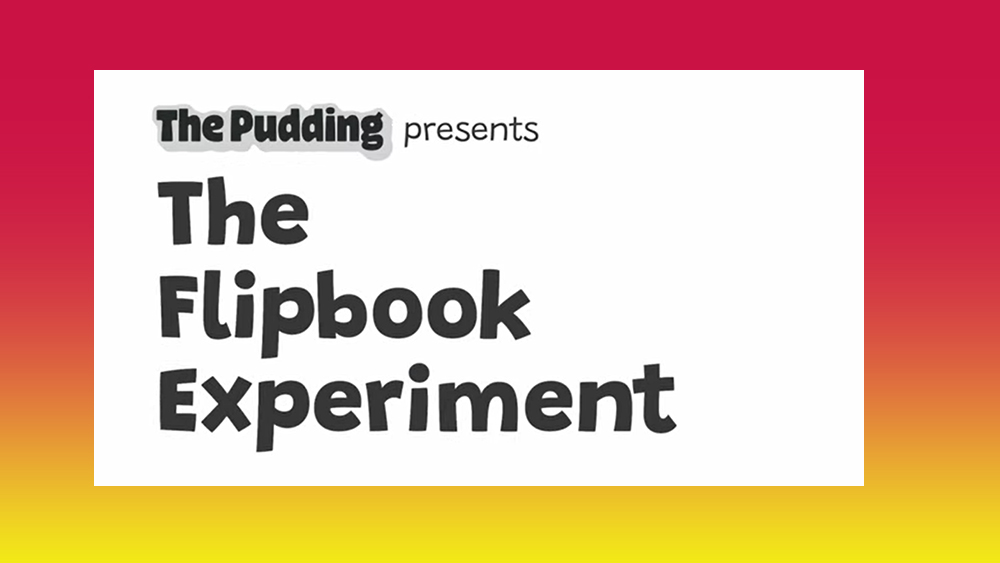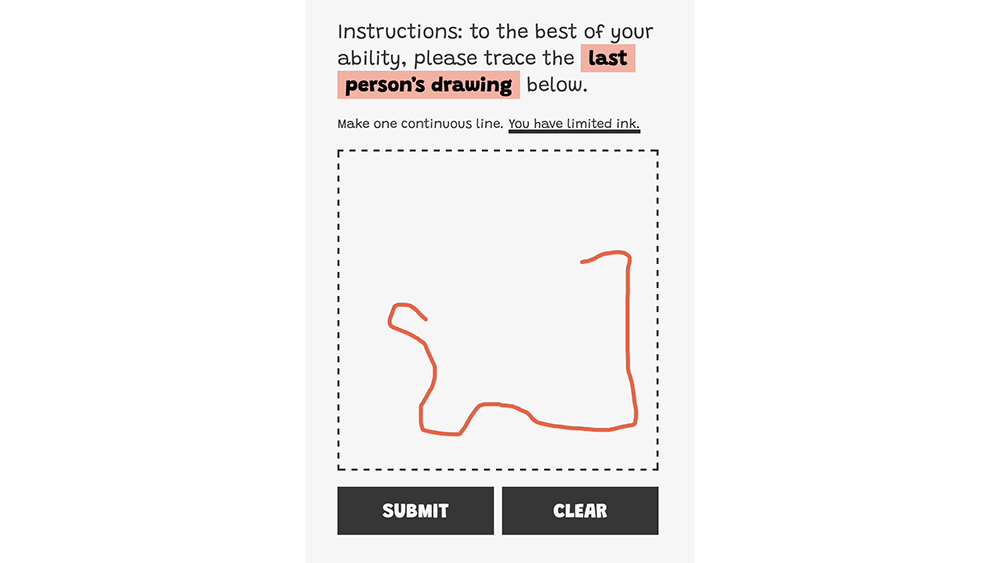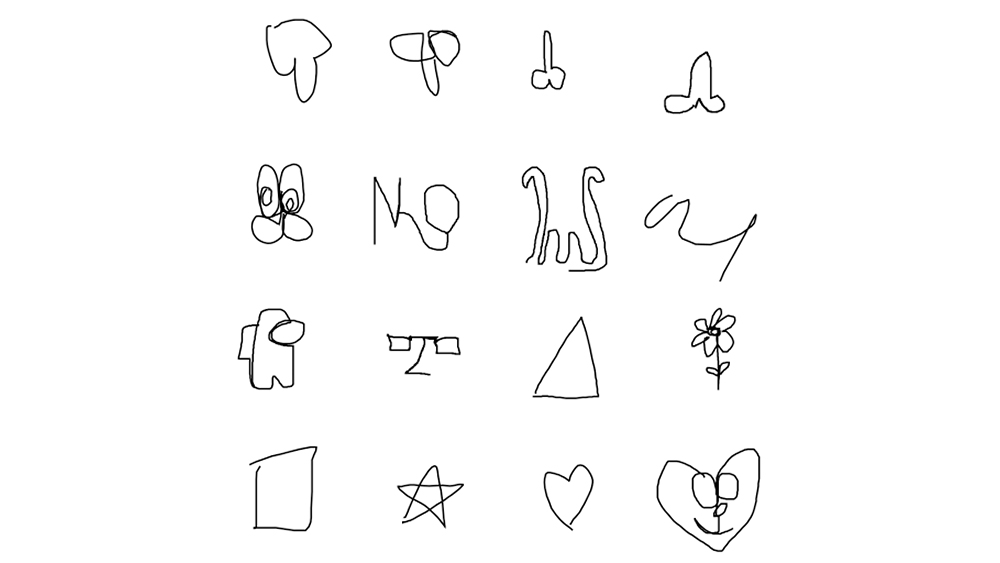
Earlier this year, a digital publication set out to make the longest collaborative flipbook animation ever made. Over a period of several weeks, participants took turns to trace the previous person’s lines. The result was 22,454 drawings, which were used to make 25 different animations.
The main flipbook-style animation video comprises 5,760 frames and lasts almost eight minutes. It begins with a perfect circle, but the circle quickly separates and becomes a squiggle that appears to take on a life of its own (see our pick of the best laptops for animation if you need to upgrade your set up).
The Pudding, a site that "makes awesome stories with data", ran a few versions of experiment using different starting images. As well as the circle, it tried starting with a simple line, a triangle, a fish and even the outline of the state of Texas. Participants were asked to try to trace the shape drawn by the previous participant.
The result is an animation that's strangely hypnotising. Interestingly, the squiggles tended to wander towards the right side of the screen as the experiments progressed. The Pudding thinks this may be the result of participants (presumably right handed in the majority) touching slightly to the right of their target on touchscreens.

The Pudding secretly ran another experiment alongside this in order to test for the online disinhibition effect. It asked a proportion of participants for their personal details before they began drawing while others were asked afterwards. Its theory was that those who weren't asked to provide personal information first would be more inclined to draw inappropriate images, such as penises ("Without fail, any free-form drawing project on the internet yields phallic imagery"), it noted.
It said that despite its "best algorithmic efforts to thwart these from surfacing", two exemplary penis moments can still be spotted in the video above if you watch closely. It found the disinhibition effect to actually be quite mild, though it suspects that those participants that didn't have to provide their data up front may have known that personal information would be collected at some point.

Overall, the experiment found a surprising lack of subversiveness, with 99.2% of people adhering to the prompt. The Pudding notes that the "small rebellious group yielded a meager four probable penises, some non-circle geometric shapes, hearts, flowers, human figures, and various other doodles". You can see a deeper exploration of the project in the video below.
For tools for your own animation, see our pick of the best 2D animation software. We also have a piece on the Disney principles of animation.







